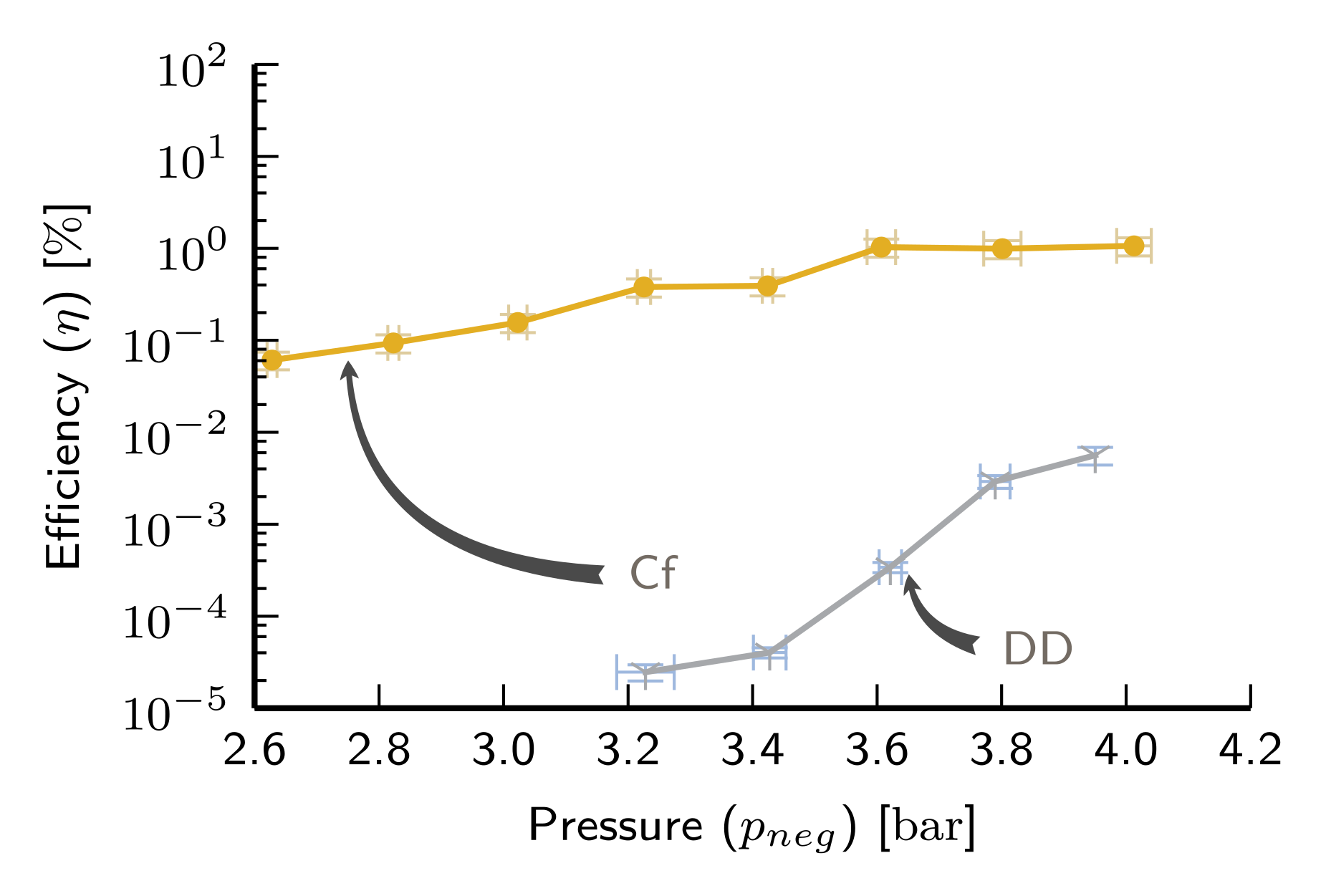ANS Winter Meeting 2016 Awards
Jan 04, 2017
In late December, I received in the mail the American Nuclear Society’s Young Members’ Group Best Paper award for my presentation and accompanying paper at the 2016 ANS Winter Conference. Professor Taleyarkhan, the corresponding author, also received word that the paper had won the overall conference’s Best Paper Award.

It was an honor to receive, and it’s garnered some attention from Purdue’s School of Engineering. It’s always nice to get that kind of recognition. Because I can’t publish the paper or the presentation here (for copyright and intellectual property reasons), I’ve written a quick summary of the paper and included some of the most salient figures below.
Threshold Energy Based Active Special Nuclear Material Interrogation
Alex Hagen, Brian Archambault, Ph.D., and Rusi Taleyarkhan, Ph.D.
Counter terrorism is an important and ever-present concern of our times. CBRN defense is a common acronym to describe the wide ranging terrorism concerns, standing for Chemical, Biological, Radiological, and Nuclear. Particularly, we are concerned with Nuclear defense - the ability to detect and interdict those materials that can create nuclear weapons if they are being smuggled. These materials (weapons grade plutonium and highly enriched uranium) are called Special Nuclear Materials - or SNM. If you’re interested in a more in depth description of this motivation, I’ll put up a post soon.
Currently, we know that there is a weakness in our detection of SNM. The Congress of the United States’ Budget Office sums it up this way:
The passive radiation detectors outside shipping containers can usually detect emissions from materials for radiological weapons but are less effective at detecting emissions from nuclear weapons and the fissile materials used to make them.
We presented a way to remedy this. Our detectors, Metastable Fluid Detectors, are more efficient than other neutron detectors, and have higher signal to noise ratios than conventional neutron detectors because they are inherently blind to $\gamma$ particles. I’ll post a more in depth description of our detectors soon.
The efficiency of our detector makes it easily detect smuggled WGP. However, highly enriched uranium is much “quieter”, it emits less neutrons from spontaneous fission. To remedy this, we propose a method using active interrogation. We direct a $2.45 MeV$ beam of neutrons onto the cargo, and the fissile material (the HEU) will generate neutrons from induced fission. Then, setting a lower level discriminator, we can detect only those fission neutrons with energies above $2.45 MeV$, thereby not detecting any of the interrogating neutrons.

With this methodology, which we call Threshold Energy Neutron Analysis, we were able to get ratios between the fission neutrons and interrogation neutrons of over $1000 \times$. This is much much larger than that achievable with conventional neutron detectors, which we tested to ratios of only $12 \times$, and the literature shows similar, or worse results. In all, this is an interesting and useful way to interrogate cargo for special nuclear materials.
